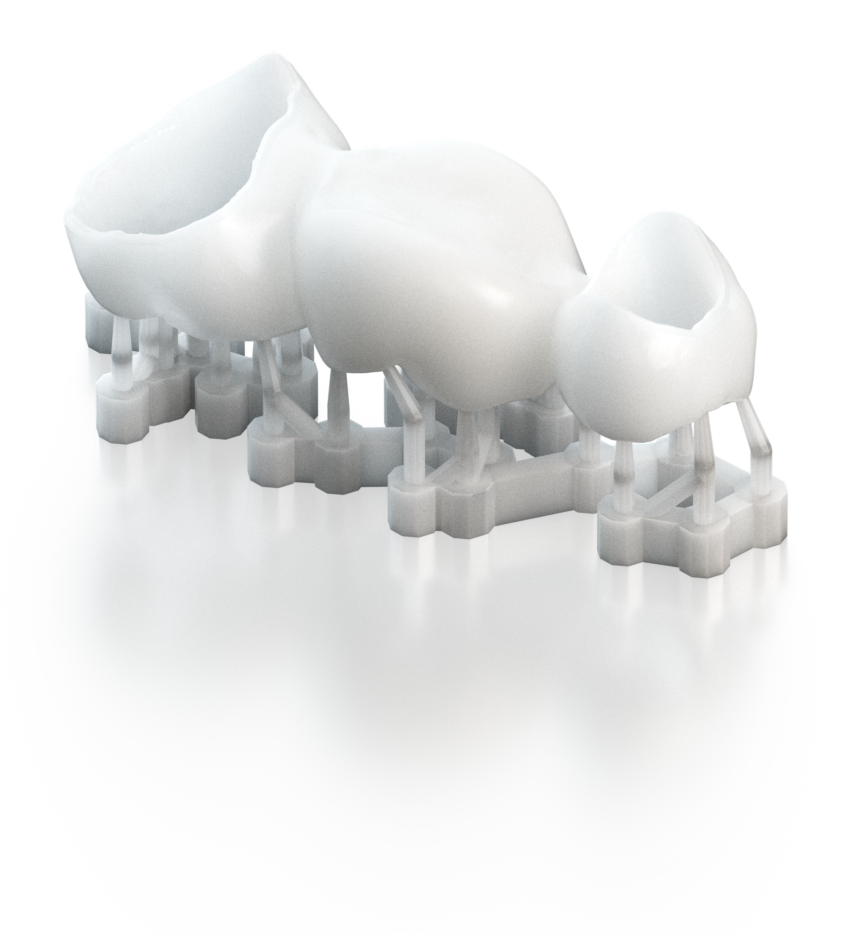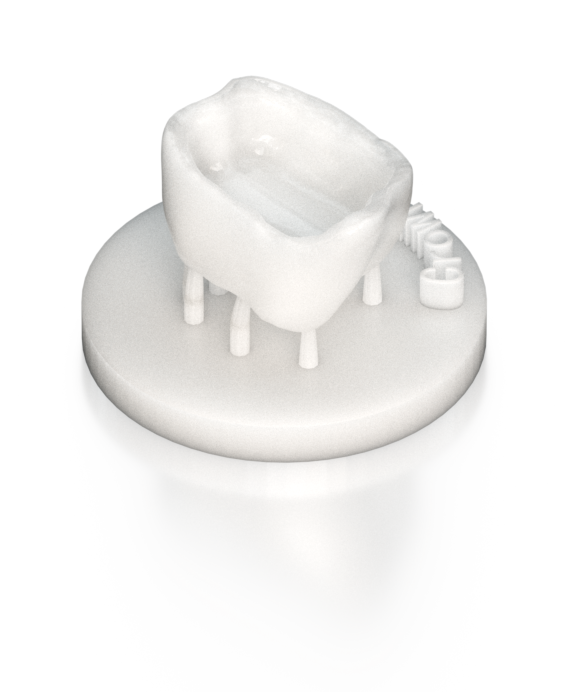 Author Ross Phillips
Author Ross Phillips

For many dental practices worldwide, in-house 3D printing is increasingly appealing thanks to the vast number of advantages it affords. When implemented effectively, these include faster treatment times, greater workflow efficiency, improved quality of restorations or appliances, reduced costs and an enhanced patient experience. For any practice owner wanting to invest in their business’ future, 3D printing should certainly be considered. To maximise on your return and fully utilise the potential benefits, several factors should be assessed during the product selection process.
Defining demands
The first stage of the process is to really understand your clinical and business needs. This means establishing what you may wish to 3D print, from single unit restorations to implant-retained prostheses, orthodontic appliances to surgical guides. Equipment today is capable of meeting various indications, so it’s crucial to ensure you know what you need it to provide.
It is also necessary to calculate the volume of work you anticipate being required of the 3D printer. This might mandate that your equipment can operate at higher speeds or with increased capacity for the manufacture of multiple restorations at once, supporting your fast-paced daily workflows.

Compatibility and integration
To minimise implementation issues, it is crucial that any new equipment purchased is compatible with other solutions within your existing digital workflow. From here, consider where the 3D printer would be located in the practice and how it would fit into the professional sequence to ensure that it can be efficiently integrated from a practical perspective. As part of your market research, you will need to know how simple it is to transfer data between the printer and your existing design software or intraoral scanner. You will also need to be aware of any post-processing requirements, as these must be factored into the team’s workflow as well.
Ease of use
At least a small learning curve can be expected when any new technology is introduced to the practice as the team learn the associated skills. Reduction of this curve will facilitate a faster integration time and allow your practice and your patients to start benefiting from 3D printing as quickly as possible. Equipment that offers ease of use and an intuitive user-interface is, therefore, a must. A certain level of automation also goes a long way to increase productivity, while reducing human intervention for elevated efficiency. Leading manufacturers and suppliers of 3D printers will deliver team training upon installation designed to instil confidence in professionals to use the equipment safely and effectively.

Reputation and support
On the subject of equipment manufacturer, who you choose to source your 3D printer from will impact your experience significantly. The reputation of the organisation should be evaluated in detail prior to selecting their equipment, which means speaking to others who have first-hand experience with the company. Initial contact with the sales or technical teams should also be used to assess the quality of everything from the openness of their communication to their integrity, their speed of response, their market knowledge and their attitude to supporting their customers. You need to know you are working with a team that offers good products, but that also knows what they’re talking about and is capable of supporting your business post-purchase.
Working with someone like SprintRay ticks all the boxes. They are the only provider of a comprehensive digital ecosystem of digital 3D printing solutions, offering industry-leading MDR-compliant equipment and customer service that is second-to-none.
 Dr Neil Harris, Clinical Director of HRS Dental Care, commented: “I believe SprintRay 3D printers are the best on market – they are designed well and robust. The speed is phenomenal. The service is also very good. In four years with SprintRay, I have contacted customer service twice. I received a call back within 30 minutes both times to talk me through the solution.”
Dr Neil Harris, Clinical Director of HRS Dental Care, commented: “I believe SprintRay 3D printers are the best on market – they are designed well and robust. The speed is phenomenal. The service is also very good. In four years with SprintRay, I have contacted customer service twice. I received a call back within 30 minutes both times to talk me through the solution.”
The future is becoming the present
What was once considered the technology of the future for the majority of dental practices, 3D printing is very much becoming a clinical and business essential for dental practices. Those already embracing the equipment are reaping the rewards – and so are their patients. The question is not about whether 3D printing belongs in your practice, but which solution is best for you.
For more information on the 3D printing solutions available from SprintRay, please visit https://sprintray.com/en-uk/

















